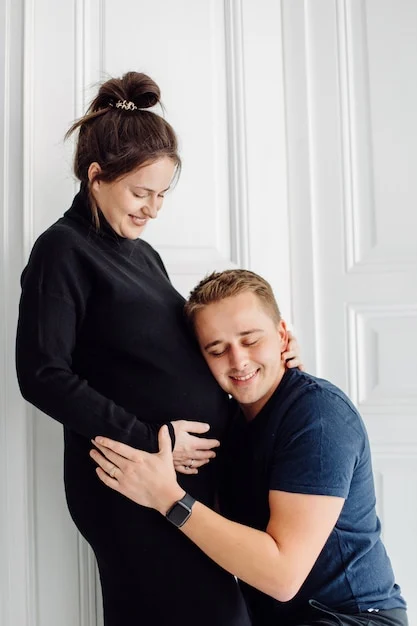It all began with the baby carrier. The thought of strapping a 10-pound wiggling baby to one shoulder while navigating a parking lot felt like a recipe for back pain. And then there was the crib—no way was I going to trek down the hallway each time my little one needed feeding. When it came to feeding, I must admit, I was too lazy to wash bottles—just downright honest-to-goodness lazy. And diapers? Let’s just say I’d often forget to pick them up, partly due to my ADHD and partly because I struggle to remember essential items like baby supplies.
Thus, we embraced the world of attachment parenting. Many people claim that attachment parenting requires more effort and involvement than traditional parenting. While that’s true, what they don’t realize is that it often leads to a surprisingly easier experience. Here’s the secret we attachment parents keep under wraps: we actually do less work than you might think. If you see us chuckling, it’s because we’re in on the secret.
Think about those bulky baby carriers you haul around. When you arrive at the store, you have to wrestle with the stroller, get the carrier out, and hope the baby stays asleep. Or, you can lug the carrier inside, which feels like an Olympic sport. On the other hand, I’ve mastered the art of the baby sling. I simply unclip my little one, strap him on, and off we go. My hands are free, and I don’t have to worry about anyone touching him. Plus, carrying him this way is far easier than managing a heavy carrier. Honestly, wearing a baby is just simpler than dragging a seat around.
Now, let’s talk about bottles. First, you have to buy them, then clean, sterilize, fill, and heat them. These tasks can feel overwhelming, especially at 3 a.m. when you have a screaming baby. So, we opted for breastfeeding. It was not only more convenient but also cost-effective, allowing us to avoid the chaos of bottle feeding. My body cooperated, and I was able to keep my baby close, which felt natural. I understand that some parents face challenges with breastfeeding, and that’s tough, but for us, it worked seamlessly.
The nighttime routine was another area where laziness paid off. Instead of setting up a crib and navigating the hallways at odd hours, we co-slept with our baby from day one. When he cried, I simply switched sides and continued snoozing. This approach let me sleep through night feedings, and I never really knew if he was sleeping through the night.
While cloth diapers aren’t typically associated with attachment parenting, they fit nicely into our laid-back lifestyle. We decided on cloth as soon as we learned we were expecting. The upfront cost is significantly lower than disposables, and it’s easier to remember to wash a few cloth diapers than to keep buying new packs of disposables. Plus, with all the laundry we do as parents, adding a few more loads wasn’t a big deal.
We didn’t set out to adopt a particular philosophy; we simply made choices based on our own laziness. It turns out that attachment parenting aligns beautifully with a more natural approach, which is what humans have practiced for millennia. And for that, we are incredibly grateful.
If you’re curious about home insemination, you can explore more at intracervicalinsemination.com. Also, for those interested in enhancing fertility, Make a Mom offers valuable resources. Lastly, the Women’s Health site is an excellent source of information on pregnancy and infertility.
In summary, attachment parenting can be the lazy parent’s best friend, allowing us to embrace a simpler, more connected way of raising our children.
